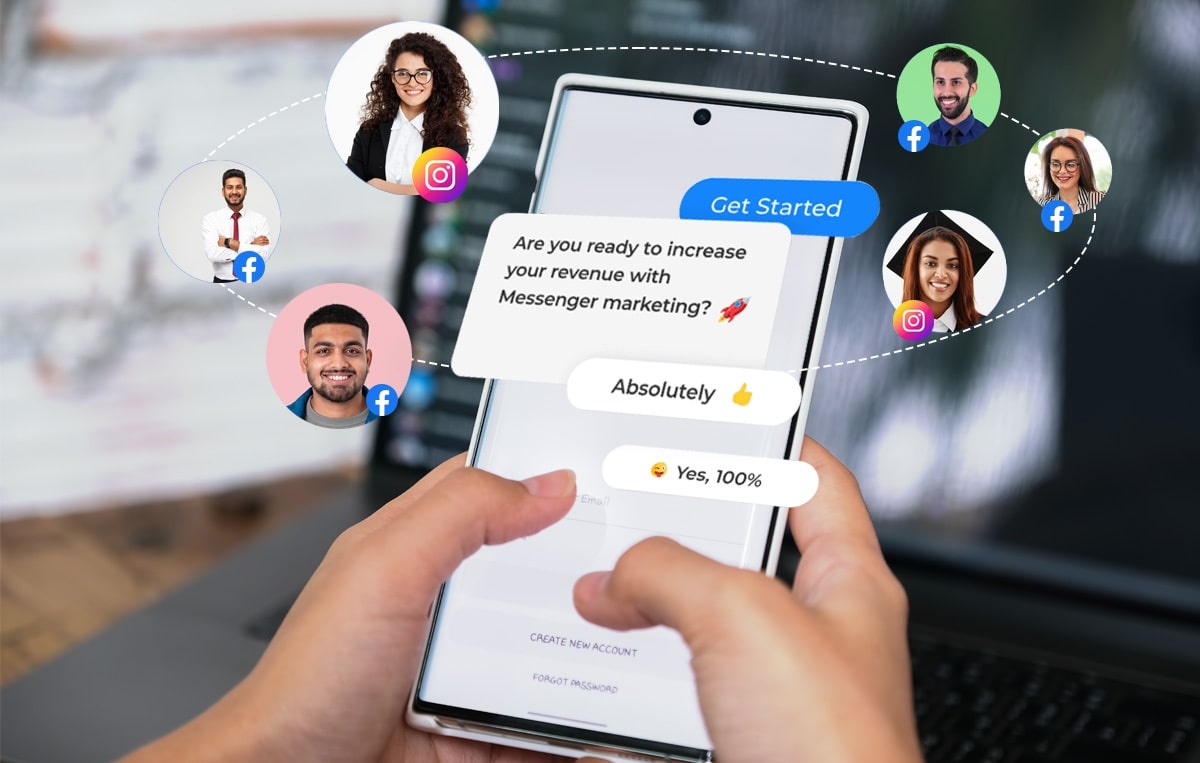More About Messenger
When we see the term ‘messenger’ these days, we think of Facebook Messenger, one of the most popular and widely used online channels to communicate with people directly, regardless of their location.
Messenger works as a dedicated messaging platform for users to send text-based messages or audio recordings and share photos and videos with individuals and groups. It enables real-time communication for users with their friends and contact network.
Did you know the first messenger, AOL Instant Messenger, was developed in 1997 by America Online (AOL)?
With the increasing popularity of instant messaging, Google Talk, Yahoo! Chat, MSN Messenger, and Skype were launched in the following years.
As technology advanced and Internet services became more widespread, the WhatsApp messenger came into play in 2009, followed by Facebook Messenger in 2011.
In 2020, Instagram and Facebook Messenger were integrated to enable cross-platform messaging. Users can communicate with Facebook users seamlessly and vice-versa, allowing for better reach and easier communication across the two platforms.
For businesses, Facebook Messenger, Instagram messenger, and WhatsApp offer channels to strengthen interactions with customers apart from serving as a regular medium of communication.
Did you know there are around 20 million messages exchanged every month between businesses and customers on Facebook Messenger?
For businesses and other users, Facebook Messenger provides several messaging features, including chats, direct messages, sharing of documents, music files, pictures, videos, emojis, GIFs, and stickers.
In addition to individual voice and video calls, you can also have group video conversations on Messenger Rooms.
Messenger offers various other features, such as location sharing, games, payments, business integrations, and chatbots that enhance the platform’s functionality.
Some messenger applications now also include the option of a poll, which can help you have more engaging conversations with your customers and gain a better understanding of their requirements.
The image below shows the user interfaces of the Facebook and Instagram mobile applications.



